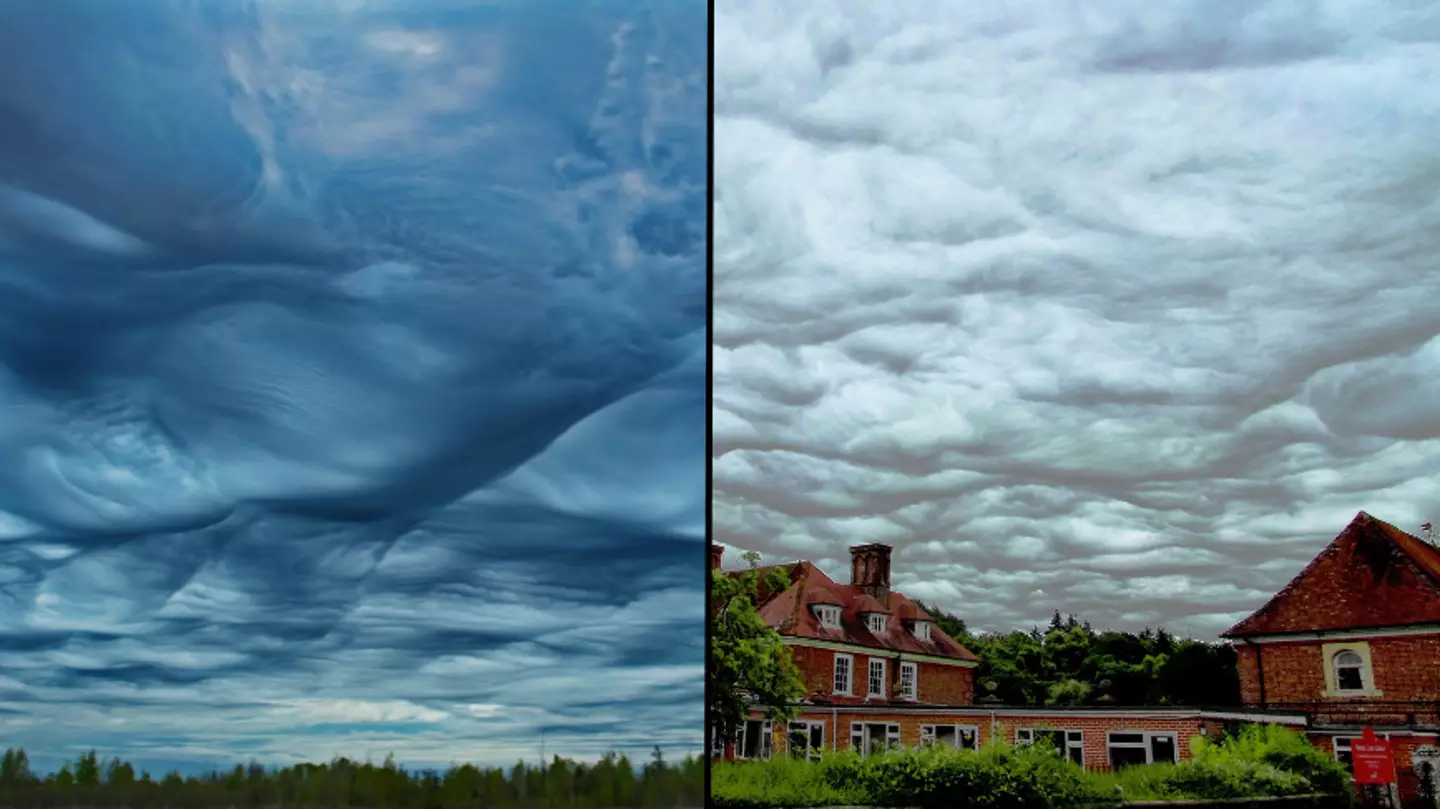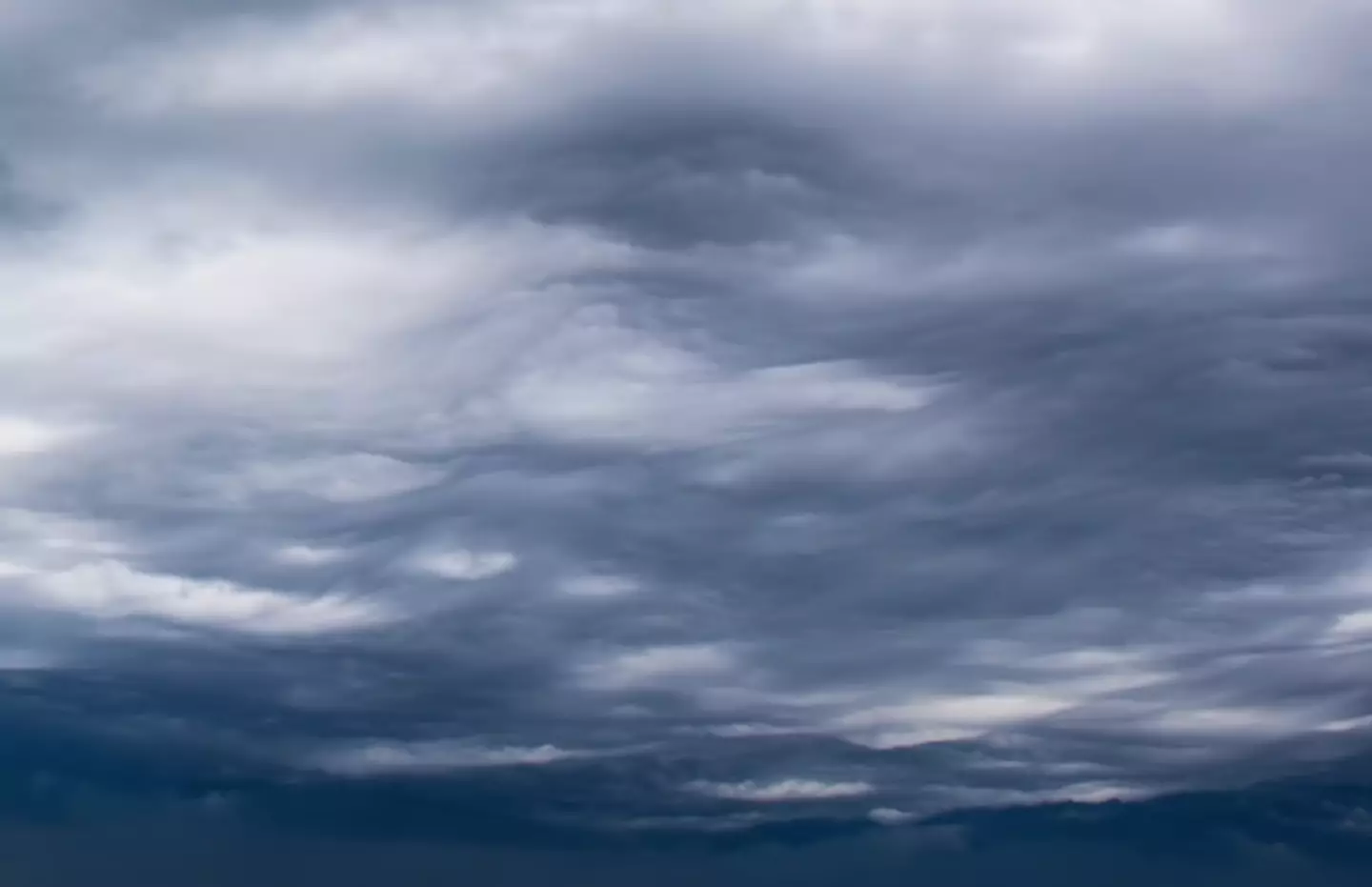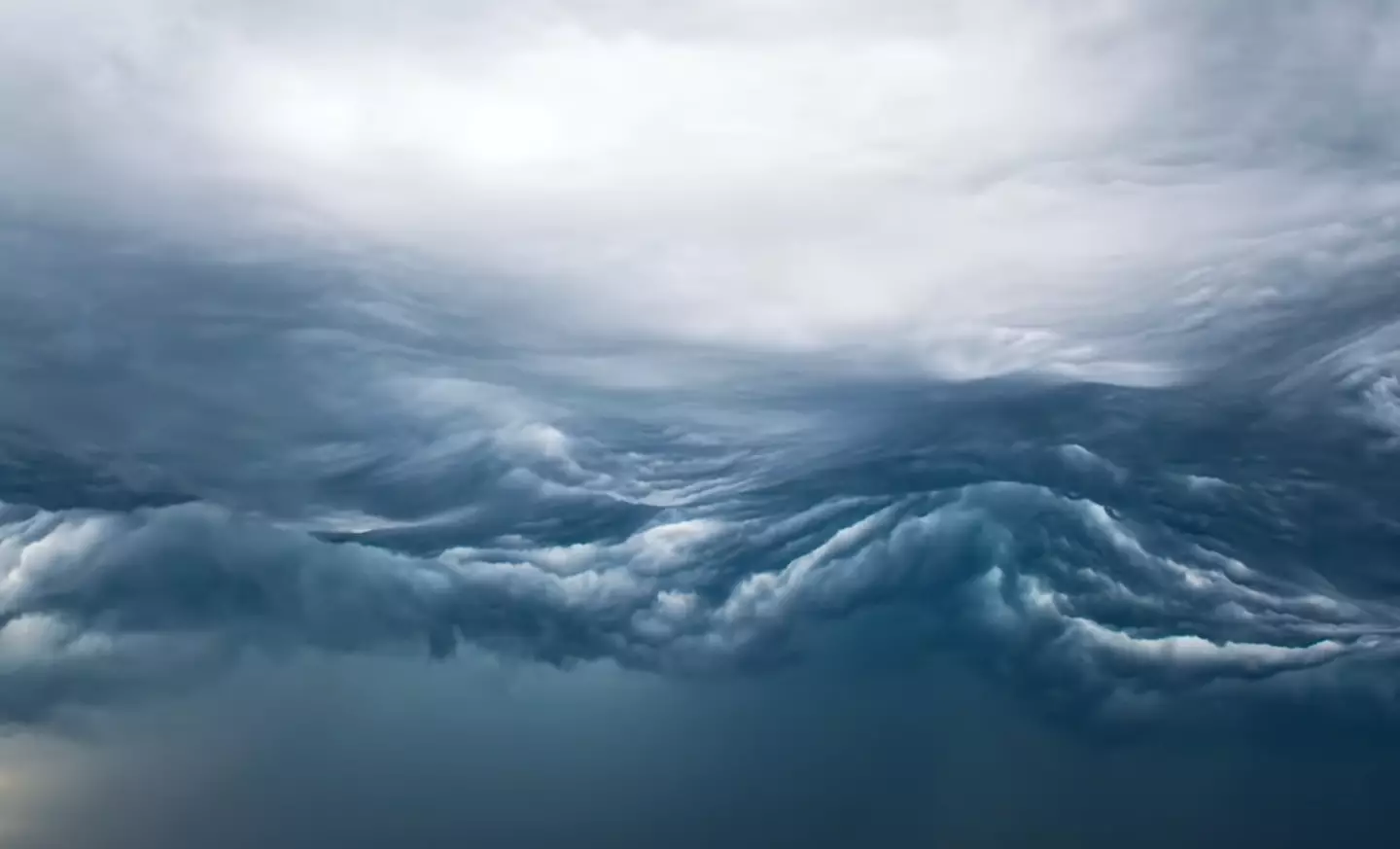
Have you ever thought much about clouds? You know, other than when you see them in a funny shape or happen to notice there's not a single one of them in the sky?
I can't say I have, but things would probably be different if I'd witnessed firsthand the terrifying sky monsters in this video.
There are some people who think a lot about clouds, though, so much so that they're able to recognise a cloud that doesn't fit any official descriptions.

Gavin Pretor-Pinney, who founded The Cloud Appreciation Society, is one of these people.
Advert
Pretor-Pinney knew so much about clouds that he became the recipient of numerous pictures of strange cloud formations, showing the objects behaving in a way that people couldn't explain.
The images showed the clouds rolling like the waves in the sea, earning them the unofficial name 'undulatus asperatus'.
Pretor-Pinney spent years trying to get the cloud officially recognised, and his perseverance paid off in 2017 when the World Meteorological Organization listed the cloud in the updated version of its International Cloud Atlas, tweaking the name to 'Asperitas'.
Speaking to The Verge, Pretor-Pinney described the formations as follows: "Localized waves in the cloud base, either smooth or dappled with smaller features, sometimes descending into sharp points, as if viewing a roughened sea surface from below.
Advert
"Varying levels of illumination and thickness of cloud can lead to dramatic visual effects.”

So that's one way of describing them. Another way is 'f**king terrifying'.
After watching footage of Asperitas clouds shared by YouTuber Alex Schueth, one internet user said they made it feel like 'we're living in an underwater world', while another added: "Nature, so beautiful yet so terrifying."
Advert
"That’s legitimately terrifying," wrote a third.
Schueth said the 'crazy wave clouds' were spotted over Lincoln, Nebraska on 7 July, 2014.
But while the rest of us are busy being creeped out by the clouds, Pretor-Pinney has celebrated their official recognition.
After they were added to the International Cloud Atlas, he commented: “Asperitas was first identified with the help of citizen science, enabled by modern technology. When Cloud Appreciation Society members send us photographs of dramatic skies from around the world, it is possible to spot patterns.
Advert
"This is how the proposal for a new classification came about, and we are delighted the WMO has chosen to include it in their definitive reference work for cloud classification."
One good thing about Asperitas clouds is that they don't produce rain, though they have previously been linked to thunderstorms.
Featured Image Credit: Haydn Wheeler / All Canada Photos / Alamy Stock PhotoTopics: Environment, Science
